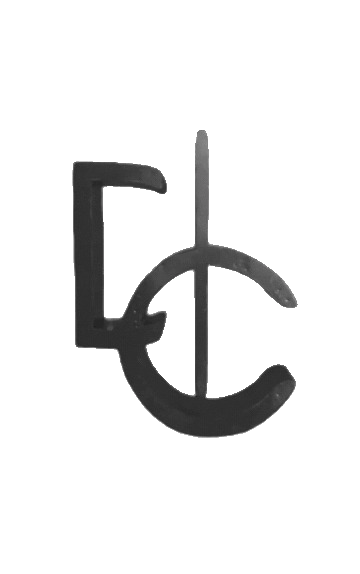
Exercise breakdown, Week 5: Passive Range Holds
Passive Range Holds (PRH) is a training method that is often used in the context of mobility and flexibility training. It's a technique designed to improve and increase your passive range of motion in a joint. Here's more information about Passive Range Holds:
-
Purpose:
The primary purpose of Passive Range Holds is to enhance joint mobility by increasing the range of motion that can be achieved passively, without active muscular effort.
-
How it Works:
To perform a Passive Range Hold, you typically start by moving a joint into its maximum range of motion passively. This means you use an external force, such as a partner or an apparatus like a strap or foam roller, to gently move your joint to the edge of your current flexibility.
Once you've reached the end of your passive range of motion, you hold that position statically. It's important to maintain a relaxed state in the muscles around the joint during this phase. You should not be actively trying to stretch or contract the muscles.
The duration of the hold can vary, but it's usually done for a few seconds to several minutes, depending on your level of flexibility and the specific goals of your mobility training.
Over time, with consistent practice, Passive Range Holds can help improve your body's tolerance to the stretched position, which can lead to an increase in your passive range of motion.
-
Benefits:
- Improved Flexibility: PRH can gradually increase your passive flexibility by allowing you to spend time in positions that you may not be able to achieve actively.
- Joint Health: By moving your joints through their full range of motion, you can potentially improve joint health and reduce the risk of joint-related issues.
- Injury Prevention: Enhanced joint mobility can contribute to injury prevention, especially for athletes and individuals engaged in physical activities that require flexibility and range of motion.
Here are 2 examples:
